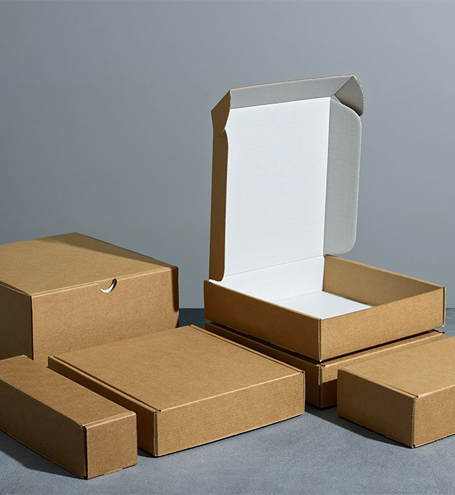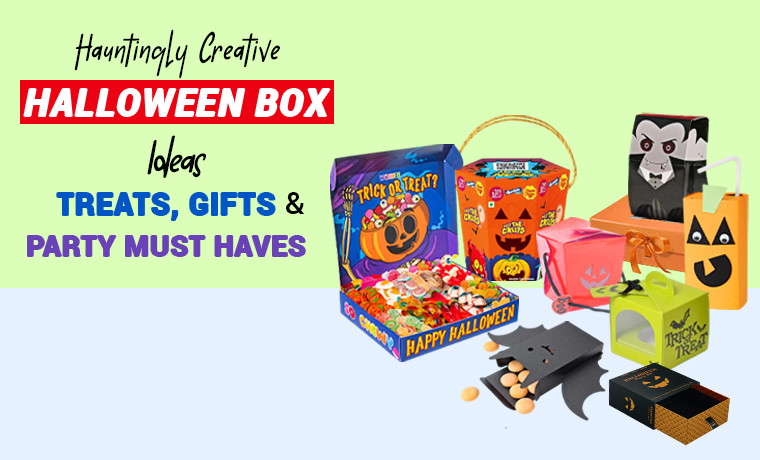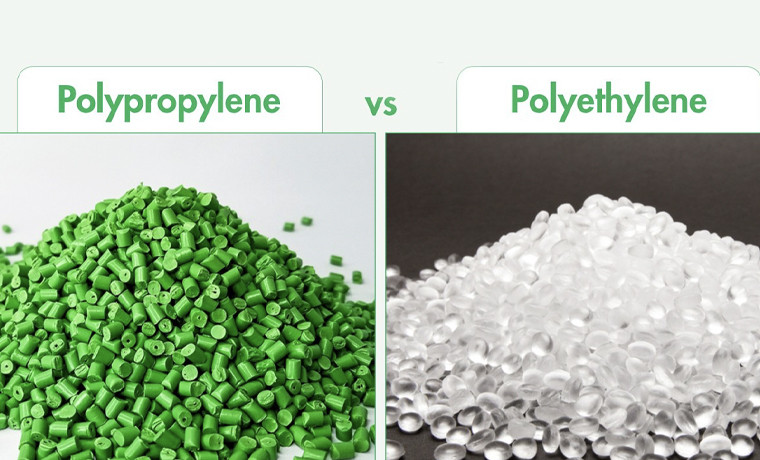What is Aqueous Coating in Printing and Packaging

First impression is the last impression, right? The same principle applies to the packaging and printing industry: if you want to leave a lasting impact on your target audience. The most distinctive factor that can wow your audience is the coating, which gives your packaging a visually appealing look and inspires customers at first glance.
Whether you manufacture packaging boxes, calendars, brochures, magazines, or other materials, coatings give your products an everlasting impact and enhance their appeal.
Among all coatings for printing, aqueous coating (AQ) is an excellent choice. No matter how often the packaging materials come into the hands of individuals, this coating doesn't leave fingerprints on the packaging and is odorless if produced with low volatile organic compounds (VOCs).
Wondering what aqueous coating actually is? Fret Not. Keep scrolling this guide to learn about aqueous coating in printing and its types. You will also learn its applications and benefits to make your packaging material look great.
What is Aqueous Coating?
AQ coating is a water-based, clear protective finish applied to printed materials during printing. It enhances the overall appearance of the packaging by providing a glossy or matte finish that improves durability against scuffs and smudges and prevents printed inks from fading.
Due to its VOC exudations, this AQ paper coating is a popular, eco-friendly choice and a far better option than solvent-based coatings. Plus, it is versatile and compatible with various printing techniques because it dries rapidly. That is why it is preferred as the top-priority choice for the aesthetic appeal and longevity of printed items like packaging, labels, brochures, and magazines.
Top 7 Popular Types Of Aqueous Coating
Here are some popular and commonly used types of AQ used in the printing and packaging industry.
1. Glossy Coating
Provides a subtle sheen and reflective finish that differs from UV coatings and enhances ink colors.
2. Matte Aqueous Coating
While minimizing glossing, it creates a low-luster, non-reflective, velvety finish and sophisticated appearance with high color intensity.
3. Satin Coating
Combining gloss and matte coatings aspects delivers a medium level of shine and excellent scuff resistance.
4. Soft Touch Coating
Offers a smooth and tactile finish to give printed material a luxurious and premium feel.
5. Dry Erase Coating
A cost-effective and dry-erase finish, an alternative to lamination, offers a higher gloss than other coatings.
6. Pencil-Receptive AQ Coating
Allows easy writing, erasing with a pencil, marking, and printing on the coated surface.
7. Textured Aqueous Coating
Adds a tactile dimension to prints to create a unique texture that can simulate surfaces like linen or leather.
What are the Key Benefits of Aqueous Coating?
The following are the pros of aqueous coating:
- Provides better protection and protects your products from scratches, fingerprints, and smudges
- Easy to apply compared to other types of coatings, like solvent-based coatings
- Durable and cost-effective coating
- More eco-friendly option and easy to recycle
- Brighten up colors and sharpen the images
- Offers a professional touch and breathtaking appearance
- AQ coating dries faster and quickly
This rapidly drying water-based aqueous coating can be applied in different ways to make your design look visually appealing. Its sustainability feature allows it to be used frequently in food packaging designs.
It can also be applied to various custom packaging projects. However, it is essential to determine first whether this coating inside or outside the packaging boxes is beneficial or not.
For instance, when designing cosmetic boxes, choose a coating wisely to achieve the desired printing results.
What are the Applications for Aqueous Coating?
AQ adds an extended level of protection and aesthetic appearance to your printed material. The applications of aqueous coating are here:
- Brochures
- Magazines
- Postcards
- Aqueous coating of Business cards
- Packaging
- Book covers
How does the AQ Process Work? Quick and Easy — Step-by-Step
It seems a little complicated to apply AQ coating. However, it is a simple and easy-to-apply aqueous coating that gives a smooth, professional finish.
1. Design Preparation
Prepare your packaging artwork for printing.
2. Printing
Print the design on the paperboard sheet.
3. Placing Sheet in a Heated System for Ink Setting
Once the design is printed, place the sheet in a heated system to complete the drying process. Let it dry well to ensure good coating adhesion.
4. Coating Selection
AQ coating (gloss, matte, satin) is selected and mixed with additives if needed.
5. Coating Application
AQ coating is applied over the printed surface using a roller or spray.
6. Drying
The coated sheet is then dried quickly through hot air for a smooth finish.
7. Quality Check
Inspect the finish quality and smoothness of the sheet.
8. Finishing
Sheets are sent out for die-cutting, folding, gluing and assembled into final packaging. DONE!
Key Tips:
- Consider the paper’s weight and texture.
- Pay extra attention and care while applying a coating to avoid wrinkles, curls, or wraps to the paper.
- Heavier paperboard requires less AQ application.
- Lighter paperboard requires more aqueous coating for application.
Aqueous Coating VS UV Coating - How Far They Differ

UV coating is another popular coating for packaging and printing. However, you need to understand the difference between AQ coating and UV coating to be sure which coating suits your business needs. Let’s compare the differences.
| Features | Aqueous Coating | UV Coating |
| Composition | Water-based with polymers | Chemical-based with polymer resin |
| Application | Applied as a flood coat over the entire surface of the sheet | Can be applied as a flood coat or spot coat |
| Drying Process | Dries through evaporation and absorption | Cures instantly when exposed to UV light |
| Durability | Good | Excellent |
| Eco-Friendliness | More eco-friendly | Less eco-friendly |
| Finish Options | Gloss, Matte, Satin | Ultra-Gloss, Matte, Textured |
| Uses | Brochures, packaging, postcards | High-end packaging, business cards, and magazines |
| Cost | Lower and more affordable | Higher and more expensive |
The most substantial difference between AQ coating and UV coating is how they are preserved. An aqueous coating is made of volatile chemicals, allowing it to evaporate rapidly and become an absorbent surface. This thin-formed coating on the packaging acts as a barrier against stains, scuffs, and scratches.
On the other hand, UV coating made from non-volatile substances reacts when exposed to UV rays. This quickly turns the liquid into a solid form, resulting in a thin and dry layer.
Start Your Next Packaging Design with Aqueous Coating Today!
If you're thinking about giving your packaging design a premium feel, opt for softer coatings like AQ to provide a softer touch while enjoying eco-friendly features, especially to entice eco-conscious businesses and customers. Custom Product Packaging, the top-rated custom packaging manufacturer, offers various coatings, including AQ, to let you enjoy a supreme packaging design feel and experience the best. Send us your requirements at orders@customproductpackaging.com and see how we serve you better than others.





